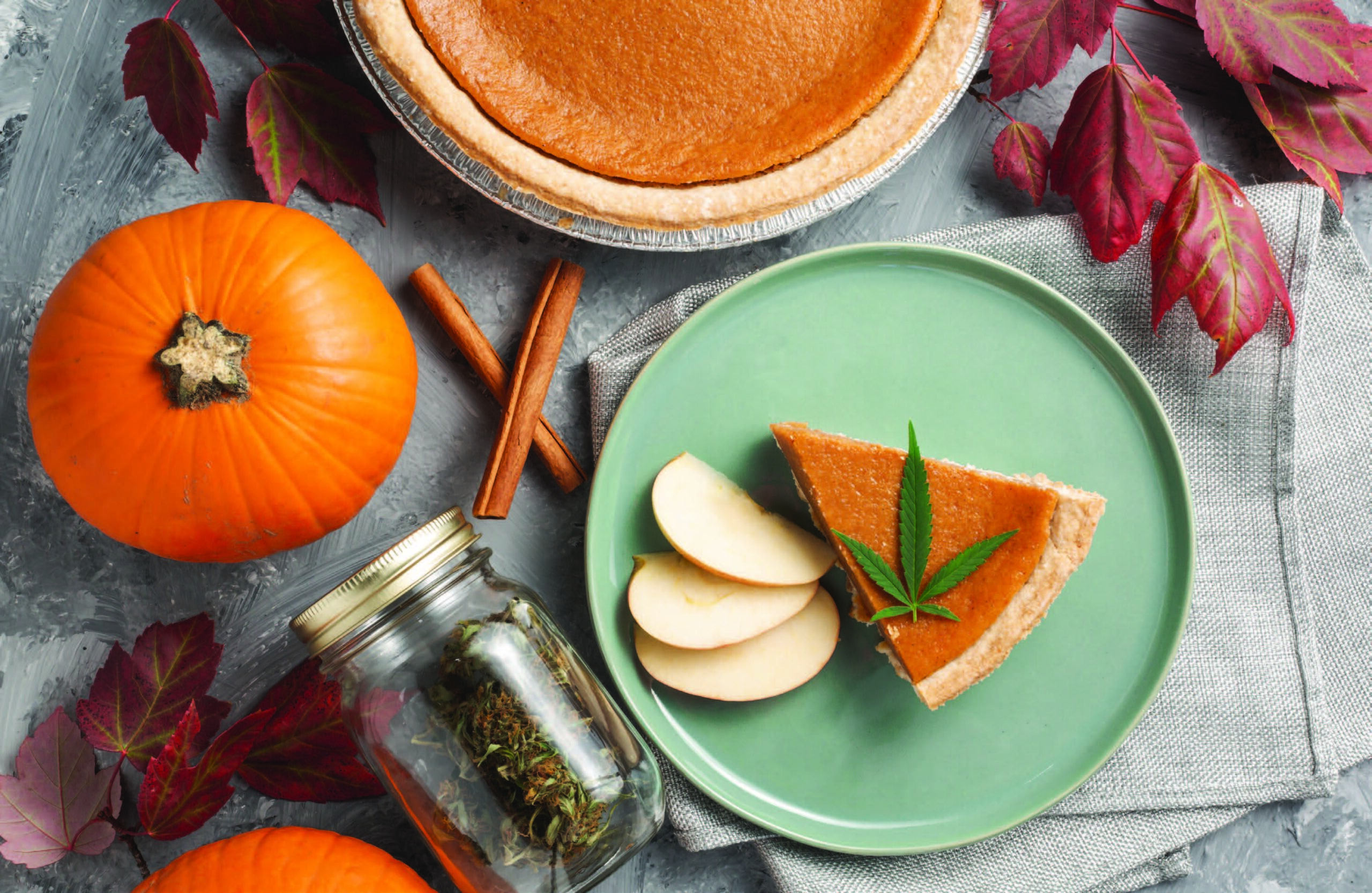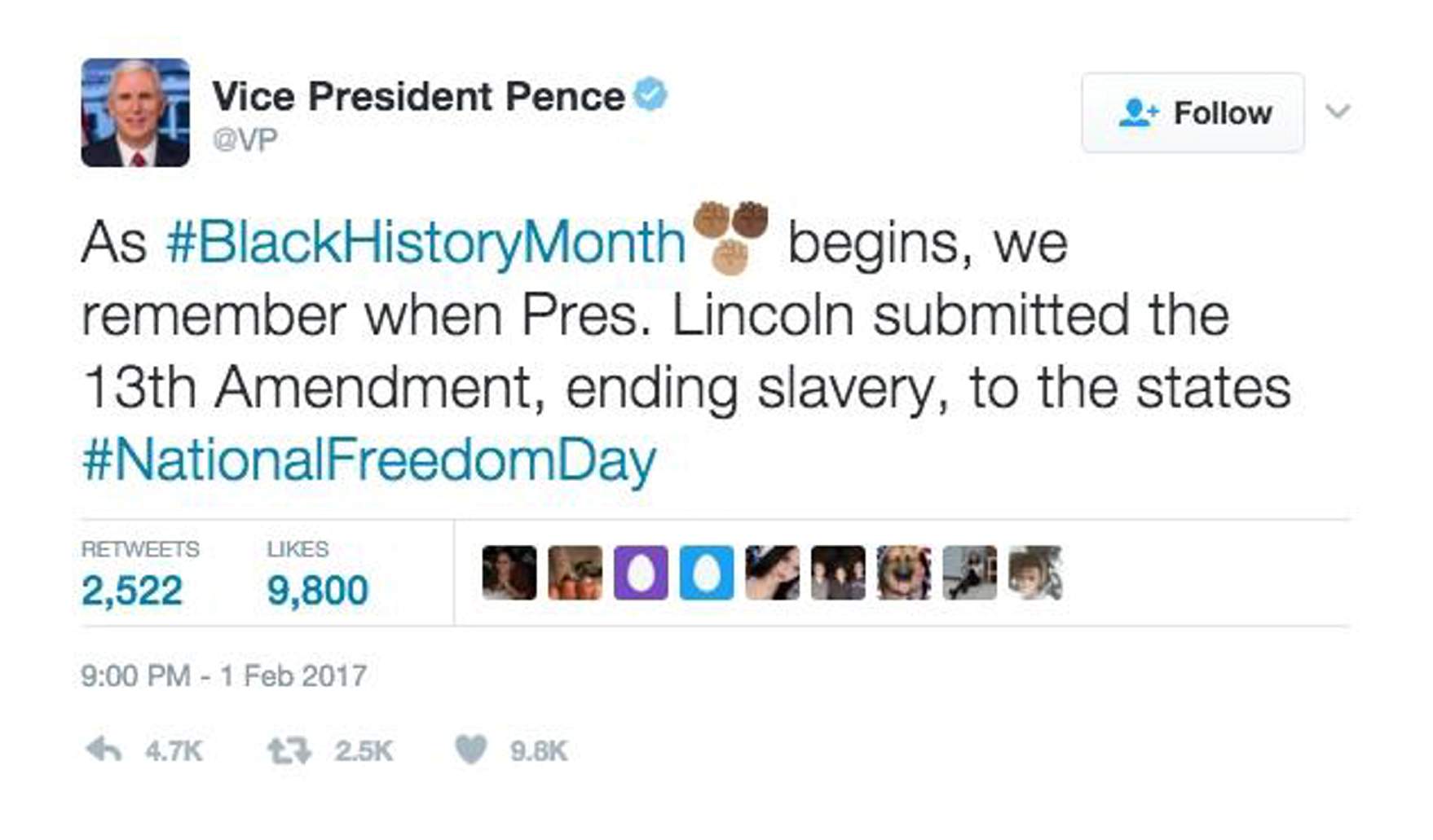As I get older, I have slowly lost the tolerance for taking shots of alcohol. This is not because I have slowly quit drinking, but because I have over-consumed one type of liquor after another. Two years ago, after a long day of drinking up and down Main, I lost the ability to shoot Jameson, which ruined me for shooting any whiskey other than Maker’s (and still, if I’ve had a few, I will still hurl). Five years ago, I lost the ability to shoot vodka after a weekend of shooting chilled vodka shots in West Texas. Rum was the first to go: Malibu is proof that people in their early 20s will drink anything. Sadly, that ruined me for all rum, in almost any form, though I will get a rum and Coke in the right company. So if someone is offering a shot, I usually decline because I’ve only got two shots left: Fireball and tequila.
Fireball is a brainless liquid, designed to appeal to the most basic needs of the alcohol consumer. There’s enough alcohol in it to get you drunk in a relatively short amount of time, but not enough alcohol to allow the drinker to actually taste it. There’s nothing in it or about it to be admired.
Tequila, on the other hand, has depth. There are complex flavors and aromas derived from its roots as an agricultural product, but those are brought to life even further by the process and aging of the finished product. It’s crafted by artisans with centuries of technique and skill. And try as I might, I can drink it to beyond excess, over and over and over again, and it will still go down just as smooth the next time I’m out. I have drank countless shots of the dirtiest Mezcal at 30 pesos apiece (which is basically free) and thrown up in the hallway of a Mexico City at 4 o’clock in the morning and felt good enough to split a handle of tequila amongst the crew the next night. The last time I got super rip-roaring drunk was by consuming a plethora of tequilas during River Days, and I don’t think I’ll abstain from tequila next time I’m out. There’s something magical about tequila’s botanical goodness.
So what the f^#& is up with tequila and what’s the difference between tequila and mezcal? Tequila and mezcal are both the distilled liquor from the cooked and fermented hearts (colloquially known as the piña) of the agave plant. But tequila is to champagne as mezcal is to bubbly wine, so all tequila is mezcal, but not all mezcal is tequila. Tequila must be made in the state of Jalisco and have at least 51 percent blue agave. Mezcal, on the other hand, can use any agave that the makers wish, and can be made in seven other states (there are even more that are applying for inclusion as mezcal producers).
Distilled spirits from the fermented hearts of agave have been made in Mexico since shortly after the Spanish conquered Mexico in 1519. Because Spain had a monopoly on distilled spirits from sugar cane (rum) and grapes (brandy), it banned the distillation of those spirits in Mexico. So the colonists in Mexico turned to the agave plant, which the locals were already using to make a fermented beverage, called pulque.
Tequila was for a long time just a stand-in for other booze, and it was a good substitute for traditional American hard liquor during prohibition. It wasn’t until then that Americans developed a taste for it through the margarita, which was invented at a bar in Tijuana. Since then, tequila has slowly grown into the powerhouse it is now. According to a Marketwatch article from 2014, tequila sales had doubled in the decade before, and are up over 700 percent since 2002, according to The Spirit Business. It’s obvious that tequila is no longer a stand-in or substitute for anything.
Robert Alan Wendeborn is a former cellar operator at Ska Brewing and current lead cellar operator at Tin Roof Brewing in Baton Rouge, Louisiana.












